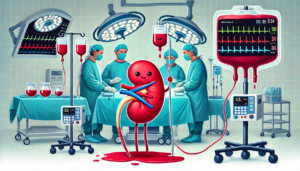Extracorporeal membrane oxygenation (ECMO) plays a critical role in lung transplantation, offering support during intraoperative and postoperative phases. This retrospective study evaluates the comparative benefits of veno-arterial (V-A) and veno-venous (V-V) ECMO in 62 lung transplant recipients treated between 2016 and 2024. The study aimed to determine which ECMO modality offers better hemodynamic support, respiratory function, and survival outcomes.
Patients were divided into two groups: 29 received V-A ECMO, and 33 were supported with V-V ECMO. Baseline characteristics and perioperative factors such as pulmonary artery pressure, oxygenation levels, and pulmonary edema severity were analyzed. To mitigate selection bias, the study applied entropy-weighted inverse probability of treatment weighting (IPTW-EW) to balance the baseline differences between groups.
Findings revealed that V-A ECMO significantly reduced systolic pulmonary artery pressure (30 vs. 37 mmHg), improved arterial oxygen partial pressure (119 vs. 78 mmHg), and resulted in lower rates of severe pulmonary edema (5% vs. 59%). These benefits translated into superior early postoperative outcomes, including lower 28-day mortality (5% vs. 29%) and hospital mortality (21% vs. 69%).
In terms of pulmonary circulatory unloading, V-A ECMO demonstrated greater efficacy by offloading the right ventricle and reducing pulmonary blood flow, which helped prevent complications such as graft reperfusion edema. Conversely, V-V ECMO, while effective in oxygenation, does not offer hemodynamic support, potentially leading to complications in patients with underlying right ventricular dysfunction.
Despite the improved survival rates associated with V-A ECMO, the study found no significant differences in postoperative complications such as bleeding, primary graft dysfunction, or infections. Both ECMO groups had similar lengths of ICU and hospital stays. However, bloodstream infections were more prevalent in the V-V ECMO group, which could contribute to increased mortality.
The study acknowledges several limitations, including its retrospective design and relatively small sample size. While statistical adjustments were made to balance baseline differences, residual confounding factors cannot be ruled out. Additionally, the study focused solely on peripheral V-A ECMO and did not assess alternative configurations, such as central V-A ECMO or dual-lumen V-V ECMO cannulas.
The findings suggest that V-A ECMO should be considered as the preferred modality for lung transplantation support, especially for patients at risk of hemodynamic instability and pulmonary hypertension. Future research should focus on prospective, randomized trials to further validate these results and explore emerging ECMO technologies such as dual-lumen cannulas and hemoadsorption techniques to improve patient outcomes.







